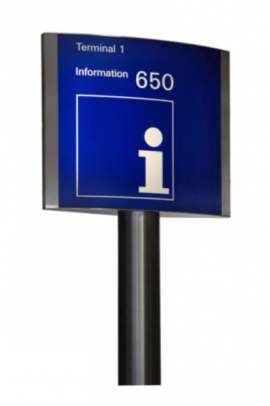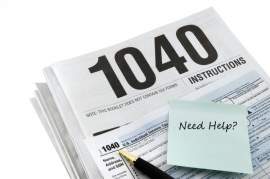
What to Know About Filing for a Refund

Before worrying about the deadline or specifics revolving around federal taxes, one must develop a system that will ensure the highest possible IRS refund given the situation. Over 75% of tax returns yield a refund of some sort. The most popular form of refund stems from imbalances obtained through the withholding of wages.
Aside from these prevalent forms of IRS refunds, an individual tax payer can yield a reimbursement through a bevy of tax maneuvers. The amount of refund awarded to the taxpayer is susceptible to fluctuations based on a number of variables such as :a persons age, salary, filing year, energy choices, travelling or medicare costs etc. Each variable must be accounted for and filed to fulfill the maximum potential of the specific IRS refund. Every person and business has a maximum amount owed; finding that pinnacle, and subsequently filing however is a very different story.
Before attempting to figure out the maximum amount available in regards to the IRS refund, one must adopt a strategy to streamline the filing process. An individual, given the multiple variables and copious amounts paperwork, can often be overwhelmed when filing his/her tax returns. When a person is stressed, they are more susceptible to making mistakes. Couple this vulnerability with an impending deadline and the filing process for federal taxes could prove disastrous.
Developing a clear system, with detailed steps is a more logical route to take. To achieve the maximum IRS refund in a untroubled manner an individual needs to adopt an organized and detailed plan. Before the plan comes to fruition an individual first must decide how they want their taxes filed.
A taxpayer has a multitude of methods such as: file using the forms sent by the IRS, it use the Internet to e-file, purchase a software program that will compute necessary tax information for the user, or hire an accountant/outside firm. The varying methods are present to meet the differing needs or wants of the individual taxpayer. The choice of what resource to use will Depend on the tax payer's complexity of case, experience in paying taxes, budget, time, and IRS refund available.
Steps necessary in filing for an IRS refund
Getting Started-Sitting on your tax refund is the worst move an individual can make. Procrastinating can lead to a rushed job, which in turn, can lead to leaving money on the table or a very stressful month of April.
Getting Organized-The IRS mails out hundreds of millions of forms across the nation; a plethora of paperwork is to be expected when calculating a potential IRS refund. Sorting through the necessary paperwork and organizing piles into "easy access" units is a wise maneuver. The IRS refund will be effected by the 1040, which is the main tax form for the individual, and is used to report all necessary tax information. Other smaller attachments that the IRS will send are the W-2 (used for reporting wages), the 1099 (used to report interest), the 1099B (used to report stock and bond sales), and the 1098 (deducts interest and taxes.)
Research-With vast changes in the national economy, legislation routinely alters the scope of tax law. Over the past decade tax law has altered to offer the individual tax payer numerous IRS refunds in the forms of incentives for using environmentally safe products, real-estate breaks, and a variety of tax cuts. All novel information as it pertains to changes in tax laws can be found at the IRS website www.IRS.gov, and is available for download under Publication 17.
Choose a filing method-Depending on the situation an individual may choose to file joint returns or separate returns. Joint returns possess the lowest rates, however, high medical or miscellaneous deductions may yield higher tax rates while married than single. The most logical move is to file both ways; filing both forms of returns will yield the highest IRS refund.
Get Adjusted-Be aware of all the necessary deductions available. Deductions lower an individuals taxable income which decreases the tax rate, while subsequently raising the potential IRS refund.
Get Itemized-Figure out which is bigger--the standard deduction or the sum of the itemized deductions. The chart found on section 40a of the 1040 will list all standard deductions; comparing this amount to the total allowable itemized deductions will yield all itemized expenses. Figure out both numbers and choose the higher amount to receive the largest IRS refund available.
Get Exemptions-Always be conscience of all the possible exemptions available given the particulars of the situation to maximum an IRS refund.
File and Checking Status of IRS refund-After mailing or e-filing the return an individual can check his/her status of IRS refund online at www.IRS.gov.
NEXT: How the IRS Handles Charities





















